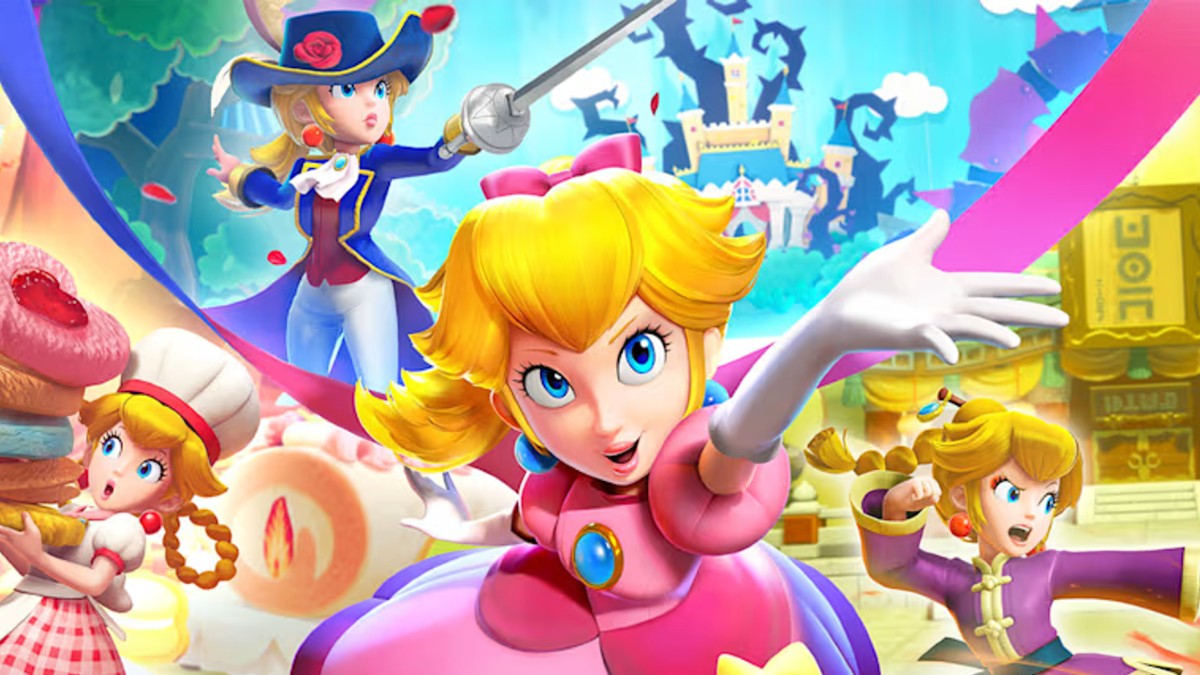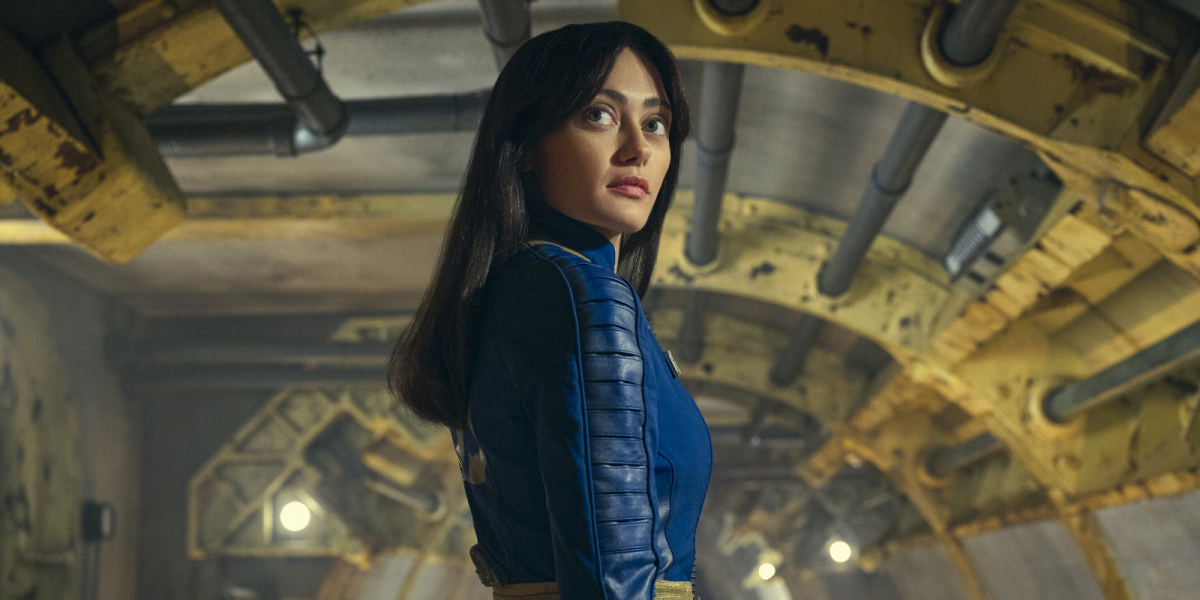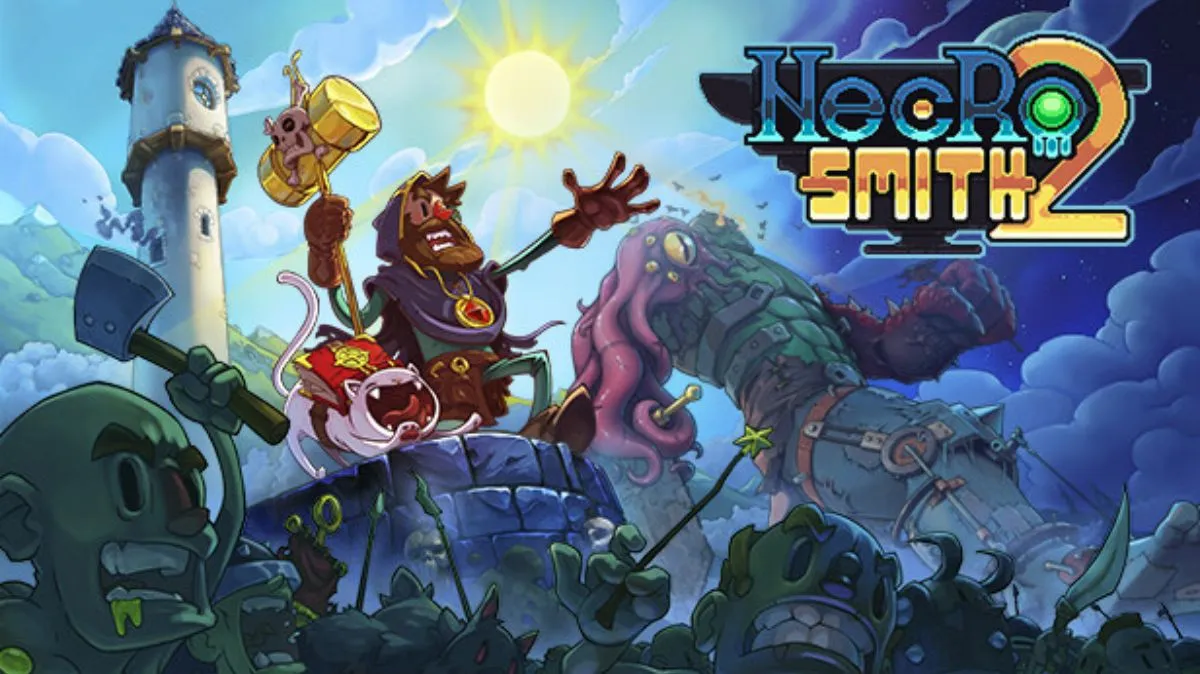Part one of The CW’s superhero crossover event was a huge success that Warner Bros. and DC should study closely.
NOTE: Next week, I’ll be writing up a The Flash primer for those of you who want to know more about it. This review will assume the reader is familiar with the show.
When I reviewed The Flash Pilot last summer after its Comic-Con debut, I derisively called it “Dumber than a speeding bullet.” I wasn’t entirely against the show – I enjoyed the lore porn and I thought the cast was great – but I feared it would be a dumb, rushed mess that dragged out weak plot elements, instead of focusing on real worldbuilding, fun story and engaging characters. More, I worried Barry Allen would be a nice guy/friendzoned creep, and that the show would basically spend time making that quality sympathetic instead of just pathetic. Mainly, it just seemed like a generic superhero show of the sort that I believed its parent series, Arrow was.
I TAKE IT ALL BACK.
I’ve been watching The Flash religiously since its official premiere in October, and I’ve loved it with increasing fervor each episode. It’s a stunning show that ably demonstrates that being fervently optimistic and, for lack of a better word, positively wholesome, does not have to mean it lacks punch. Replete with DC Lore and yet not beholden to it, it has the kind of cohesive group dynamic that made the best of Joss Whedon’s television series so much fun to watch, and it thrives on consistently-written, fun characters and fully embraced cheese, with just enough pathos to ground it without dragging it down.
But it wasn’t until two weeks before “Flash vs. Arrow”, the first of what I hope will be many crossovers between the two shows, that I decided to revisit Arrow and give it a real shake. Having shotgunned the entire series, I can report that I really suck for having dismissed Arrow early on during its first season. It’s not just a grimdark and yet campy crapfest, it’s a glimpse of rare schlock brilliance that somehow takes everything I hate about Frank Miller’s influence on comics (both Batman and Daredevil) and makes it fun. Yes, fun.
Charming, replete with real (if dumb*) character development, and built around the idea that the loner hero whose damaged psyche sets him apart is kind of an asshole who needs to change, Arrow turns out to be a blast too. So it is that with the crossover between the two shows, the best qualities of each were brought out excellently.
Read Marla Desat’s review of Arrow‘s “The Brave and the Bold” for how things went back on Arrow, and read on for a recap of events on The Flash.
The spine of “Flash vs. Arrow” is a low-key villain of the week plot of the sort that has been, so far anyway, a joy rather than a slog for the new series. One Roy Bivolo – YES, RAINBOW RAIDER AND I SQUEE – enters a bank and demonstrates an ability to incite uncontrollable anger in random people. He causes a riot in the bank lobby and in the ensuing chaos makes off with millions in ill-gotten riches.
Bivolo’s super powers make this a particularly concerning case for Team Flash, since half of their job is catching evil “metahumans” and housing them in S.T.A.R. Labs’ makeshift superhero prison. Fortunately the police track Bivolo to an abandoned warehouse, but Bivolo uses his anger powers on a SWAT cop, who then turns his shotgun on Detective Joe West. Barry (as the Flash) arrives on the scene in time to save Joe and the other officers from evisceration by shotgun shell, but is almost shot himself. Fortunately, Arrow and company just happen to be in Central City, hunting down a villain of their own. Arrow shows up at the warehouse, disarms the afflicted officer, then bails, leaving a visibly delighted Barry to track him and his team down.
Barry meets with Arrow, Felicity Smoak and John Diggle, discovers they’re in town tracking an assassin who uses boomerangs to hunt his victims, and tries to convince them to team up in order to deal with their respective cases. Taking Felicity back to S.T.A.R. Labs where she’ll be able to use the superior equipment to analyze the materials found in one of the mysterious boomerangs, Barry is given a severe dressing-down by Dr. Wells and Joe, both of whom don’t approve of his associating with “the Starling City vigilante”.
Barry defends Arrow, who later agrees to team up seriously, but only after giving Barry some additional training. Arrow’s methods rub Barry the wrong way, but the real bee in Barry’s bonnet remains his unrequited love for Iris. As we’ve seen over the last several episodes, Barry – as Barry – has been respecting Iris’ relationship with Detective Eddie Thawn. Eddie, by the way, has finally started to believe in the existence of The Flash, but ironically, he considers The Flash to be a potential public menace, despite Iris’ unambiguous support for the hero.
Of course, it gets worse because Barry has been visiting Iris and flirting with her heavily as The Flash. Caitlin actually calls Barry out for this fairly unethical behavior (“You don’t want to be the reason they break up.”), but Barry shrugs that advice off. Meanwhile, when Eddie learns about Iris’ secret meetings with The Flash, his next move is to try to convince the chief of police to approve a task force designed to arrest him. Whoops.

So, Barry not only can’t get the girl, he also has to deal with the fact that her boyfriend wants him in jail. That turns out to be poor timing, because when Barry encounters Bivolo again, he ends up zapped by Bivolo’s anger-inducing powers. This causes him to gradually lose control until he becomes completely unhinged. First unleashing cruel, undeserved derision on poor Caitlin, he accuses her of making him into a substitute for her deceased boyfriend Ronnie Raymond. Next, he goes off on Arrow during their second training session, then angrily berates the Chief of Police back at work Finally, consumed by anger, Barry decides he needs to take out Eddie so that he can stymie the possible task force and have Iris to himself.
Whoops. As The Flash, Barry attacks Eddie as he’s out driving around with Iris, and begins beating the shit out of him. Iris, until now the Flash’s biggest fan, freaks out, trying to convince Barry to stop. Barry looks ready to kill Eddie, but Arrow – by this point all members of Team Arrow have teamed up with the S.T.A.R. Labs crew – shows up and tries to stop him.
The two battle it out while Iris and Eddie escape. Eventually, Arrow is able to wear Barry out enough to give Dr. Wells and Joe time enough to show up with a device that counteracts Bivolo’s powers, and Barry, horribly ashamed of what he did, is cured. He and Arrow re-team up and this time, bring Bivolo to heel, locking him in the metahuman prison.
The episode ends with some bittersweet developments for Barry. He’s become closer to Arrow, who now respects him as an equal, and he accepts that he has a lot to learn from his heroic mentor. Good! But unfortunately, his attack on Eddie has not only convinced the chief of police to approve a Flash task force, it’s also firmly convinced Iris that The Flash is a potential menace. She no longer wants anything to do with him.
The episode ends as Arrow and his team return to Starling City with new intel on the mysterious boomerang assassin. Caitlin, on the other hand, is still affected by Barry’s mention of Ronnie, and is last seen starting lovingly at a photo of him. The scene then switches to a homeless man living under a bridge. Two thugs approach the man, clearly intending to beat him up, but as the scene ends, we realize we’re looking at Ronnie, who is clearly not dead. Just before the fade to black, Ronnie’s arms burst into flames and YES THAT IS FIRESTORM HOLY SHIT.

We’ll get to final thoughts in a moment, but first I want to talk about why this episode was so much fun, and more importantly, why Arrow and The Flash turned out to be such great television.
There’s a dynamic that has been at the heart of the DC universe, off and on, since the 1940s. On the one hand, you have the brutal, suspicious loner who defaults to the superhero equivalent of Machiavelli’s advice for princes – better to be feared than loved. Dispensing a heavy dollup of rough order along with justice, this archetype believes the worst about their fellow humans. While he or she may fastidiously avoid killing, they’re pretty much otherwise down for whatever it takes to smack people back into line. There’s some justification for this, but the life they lead, along with their subsequent disposition, makes them difficult to endure on a personal level, and they tend to leave embittered friends and lovers in their wake.
On the other hand, you have the inspirational, community-oriented do-gooder, who obstinately refuses to stop believing in the very best of humanity, even as their enemies prove them wrong again and again. Surrounded by loving friends and family, drawing on that community for support, doggedly trying to work within the system, and always appearing as a shining beacon of hope, their struggle is to hold on to lofty ideals, no matter the cost, even if it kills them.
“Yeah, no shit,” you’re saying. “Superman and Batman”. And you’re right! This dynamic works because each archetype helps bring out nuance and character development in the other. Superman keeps Batman from becoming a strongman. Batman helps Superman learn some necessary skepticism. They team up well because their strengths and weaknesses complement rather than contradict, and whenever they’re in conflict, that conflict is resolved by remembering the complementing.
The problem is that in recent years – particularly the last two decades – only the Batman archetype has been afforded a veneer of legitimacy, to both archetypes’ detriment.
Spend 5 minutes online and you’ll see how Superman, the idealistic hero, is derided almost universally as square and silly, with people falling over one another to declare there’s nothing interesting about him. It’s so bad that 2013’s Man of Steel, a weird, mournful film that was almost disinterested in the massive destruction in the final act, seems built from the ground up to avoid even a hint of anyone using the word “Boy Scout”. And hell, even the New 52 comic book version of Superman is kind of a dick.
Meanwhile, the massive success of the Batman films, reflected in some of the recent comic book stories, has seen that character’s least likable elements exaggerated almost to the point of parody. Christopher Nolan’s Batman trilogy is, frankly, a deeply authoritarian mess, made worse because he’s the only superhero in that particular universe. There’s no counterweight, no foil, only an unrelentingly bleak point of view that collapses under the weight of its own dismissal of human potential.

Marvel’s cinematic universe is the obvious thing to mention here, grounded (morally speaking) by Captain America, perhaps the most fundamentally wholesome and optimistic movie hero since Christopher Reeve’s Superman. Warner Bros and DC, for whatever reason, didn’t look at how Marvel pulled that off and imagine the same was possible for Superman himself. (Instead, they have a “no jokes” mandate for DC movies. Ugh.) Guaranteed, Batman v. Superman: Dawn of Justice will likely just be “Human Batman v. Alien Batman,” and that’s a damn shame.
But that classic dynamic is being used perfectly with Arrow and The Flash. Without hyperbole, I believe that Grant Gustin’s take on The Flash is – there’s no other way to put it – the best version of Superman since Christopher Reeve in the 70s. And by pairing him with Steven Amell’s Arrow, who is the Batman of this particular universe, both archetypes truly flourish for the first time in what feels like decades.
The fight between The Flash and Arrow in this episode was particularly inspired. The two bringing their respective abilities and skills to the fight, neither was able to definitively get the upper hand on the other. That’s partly because only Barry Allen, affected by Bivolo’s mindscrew powers, was fighting to kill. Arrow was only trying to subdue, and as such he held back his considerable kill-skill. But it’s also in the way the fight emphasized what these characters mean to one another. “I still believe in you, Barry,” an exhausted Arrow says just after severely wounding Barry enough to slow him down. That sums up not only the hope a character like The Flash is supposed to give to the people around him, it also demonstrates that Arrow isn’t going to descend into Punisher-Meets-Bane level darkness.
It’s a moment right out of something like World’s Finest, and it demonstrates how the creators of these two shows have a better handle on what makes DC Comics special than anyone in Warner Bros. film division. I hope Warner Bros. is paying attention, because this is how it’s done.
True, these shows aren’t artistic masterpieces on par with Game of Thrones or Mad Men, but they get, intimately, the essential appeal of comic book stories, characters, and moral questions. They’re also insanely fun, well shot, and thrilling in a way that suggests the creators are having as much fun as the viewers are. That’s a rare, magical combination. I hope these shows go on for years, not only because I want them to build the world even more, with potential spinoffs to make me squeal, but because I want to watch these characters, and their actors, build something kind of special out of IP most people don’t care about.
Fuck yeah, in other words.
Final thoughts:
- “A Jedi craves not these things.” I felt that quote, Cisco, I swear.
- how great was it when Team Arrow and Team Flash started arguing about who would win the fight? Sure, it’s an old joke, but sometimes old jokes remain in circulation for a reason. It added levity without turning the moment into slapstick, and frankly, if I were in this situation I’d be doing it too.
- I like that even Arrow noticed something was off about Harrison Wells. I wonder when Barry, Cisco and Caitlin will?
- For once, Caitlin got in on the naming-the-villains action, and she went with Rainbow Raider! I love it, and hope it sticks.
Bottom Line: What would otherwise be a minor episode was elevated by how excellently Arrow and The Flash complement one another. We got the good version of Batman versus Superman we’ll never see in movie theaters.
Recommendation: Watch it. Maybe watch it more than once, once the season ends.
[rating=4]




